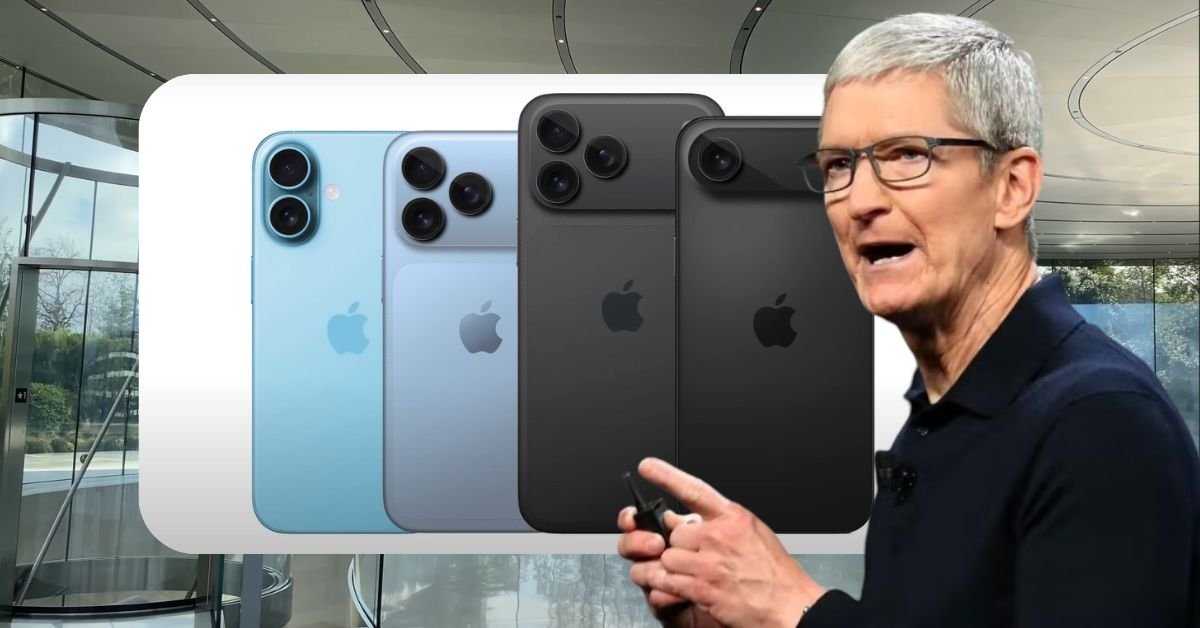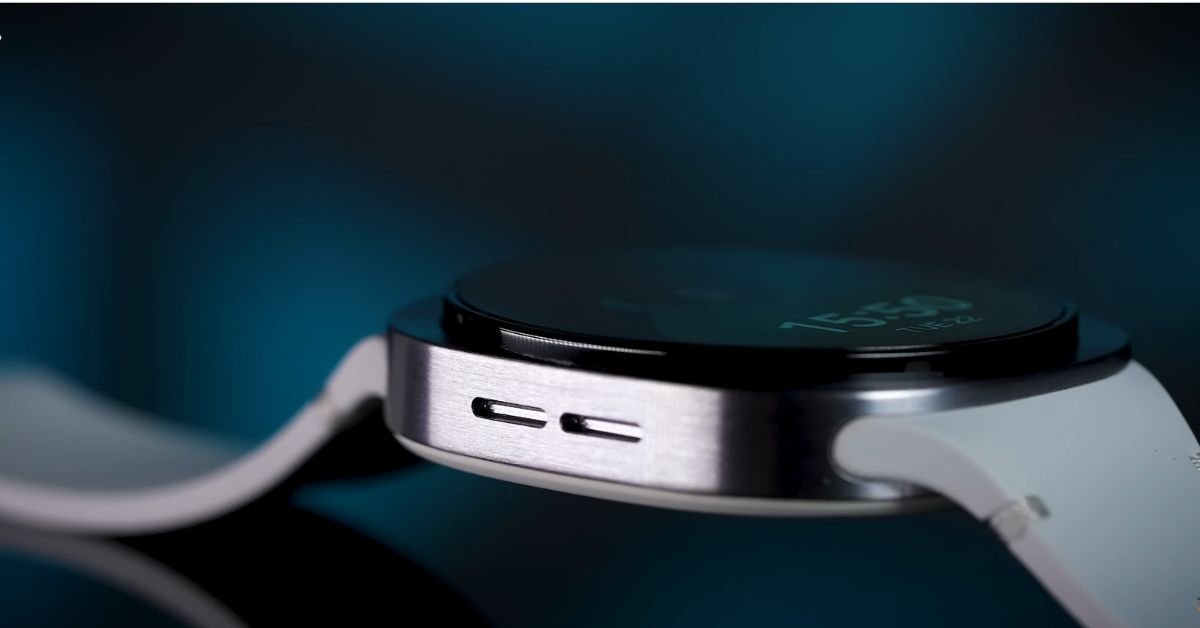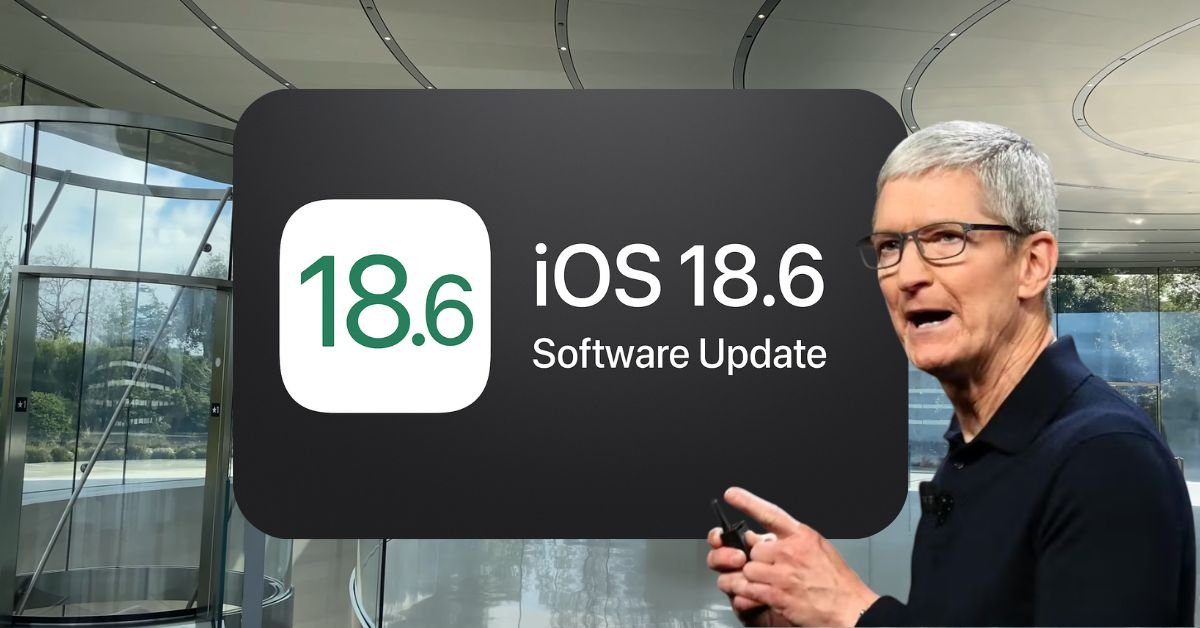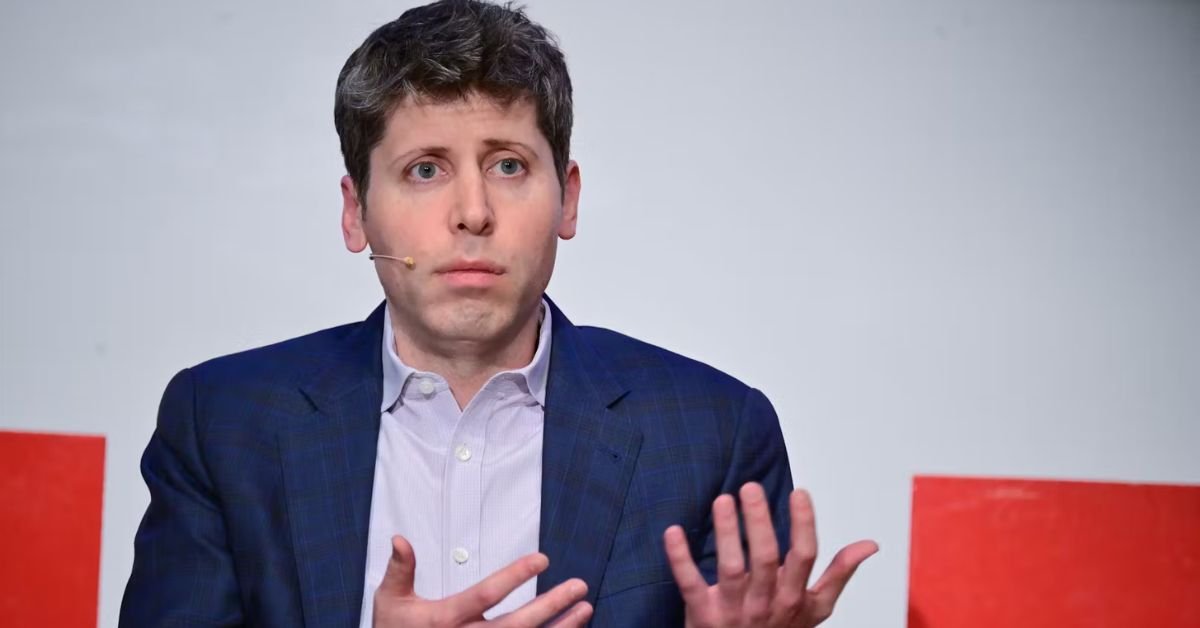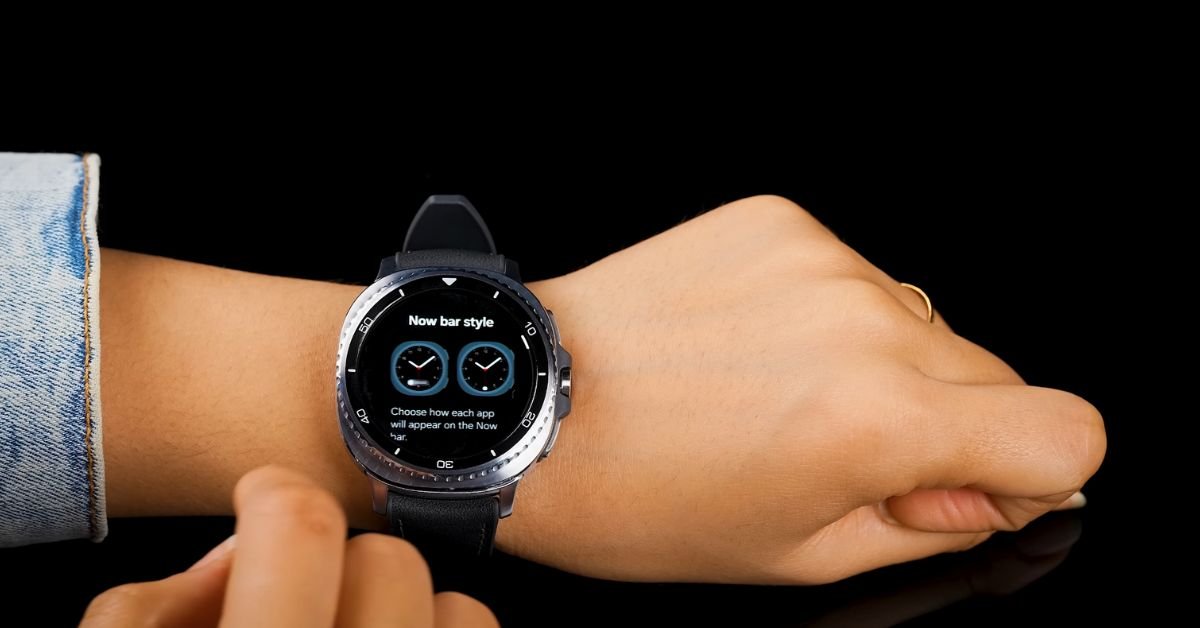Apple has officially rolled out its latest iPhone 17 series, introducing a fresh lineup of devices for this year. This year’s introduction brings a slimmer “Air” model, better cameras, beefier batteries and for the Pro models, a small price increase.
The flagship new models here are the brand new iPhone 17 Air, which is a waif-like device that borrows Apple’s “Air” naming convention used for its lightest iPads and MacBooks. The thinner form factor is something Apple hopes attracts customers who like the thin and lightweight feel yet do not want to sacrifice performance.
All four new models — iPhone 17, iPhone 17 Air, iPhone 17 Pro and iPhone 17 Pro Max — now start at 256 gigabytes of storage, including the smallest available amount, which doubles the base of last year. This is part of Apple’s mission to try to stay ahead of the growing demand for storage as users store an increasing amount of photos, videos and apps.
A result of those new challenges involves some changes in Apple’s pricing around the world. The starting price of the iPhone 17 Pro in Canada is $1,599, up $150 over last year. Apple has set the price of the new iPhone 17 Air at $1,449 — matching last year’s iPhone 16 Pro. The standard iPhone 17 will start at $1,129, while the top-tier iPhone 17 Pro Max carries a premium price of $1,749.The models will all be in stores on Sept 19.
The move is the latest sign of Apple’s growing fear of the Trump administration’s new tariffs. Trump has also used his return to office to insist more products, especially iPhones, be made in the United States. But Apple is still highly dependent on its factories in China and India, which means its devices are still hit with about 25% import duties when they enter the U.S.
To mollify the hit, Apple has promised $600 billion in big U.S. investments and has even given Trump a sculpture of a golden base as a symbolic token of the company’s regard. Nonetheless, analysts say that Apple’s decision to raise iPhone prices in certain markets likely indicates a direct impact of the tariffs.
But under the hood at least, Apple took care to include some new features. The front-facing camera is higher resolution for crisper selfies and brings a feature called “Center Stage,” which will automatically reframe the shot to capture wider-angle or landscape selfies without users having to twist the phone.
The whole range also benefits from improved battery life and gradual design and performance improvements. Not earth-shattering: Analysts say the changes are just enough, “newness-wise” to attract customers following a number of years of only incremental improvements.
One letdown: Siri’s long-promised artificial intelligence improvements are still not in place. Apple previously announced a smarter, more adaptable Siri in the iPhone 16, which those devices hold off on for now until, well, next year.
Apple’s shares fell by almost 2% following the announcement, as investors fretted about the impact of tariffs and higher prices. Yet the company has reported signs of a rebound in recent months, and it benefits from its lucrative deal with Google, which pays Apple billions a year to be the default search engine on the iPhone.
Apple is playing it safe but smart with the iPhone 17 lineup — introducing a cool new Air model, upgrading core features and carefully adjusting prices — as it rides the treacherous waves of global trade.
